Discrete Mathematics Assignment Solution for MAT1101, Semester 1, 2019
VerifiedAdded on 2023/01/18
|11
|1531
|1
Homework Assignment
AI Summary
This document presents a comprehensive solution to a Discrete Mathematics assignment. The assignment covers a range of topics, including binary representation, exploring the maximum value in 12-bit systems and 2's complement representation. It delves into floating-point number representation, scientific notation, and the conversion between decimal and binary formats. The solution also addresses the storage of text characters, like "Bob", using binary patterns. Furthermore, it includes problems involving hexadecimal conversions, bit manipulation, and the use of pseudocode. The assignment also touches upon double-precision floating-point numbers and the conversion of decimal numbers to their binary equivalents. This document provides detailed explanations and solutions to each problem, making it a valuable resource for students studying discrete mathematics.
1 out of 11
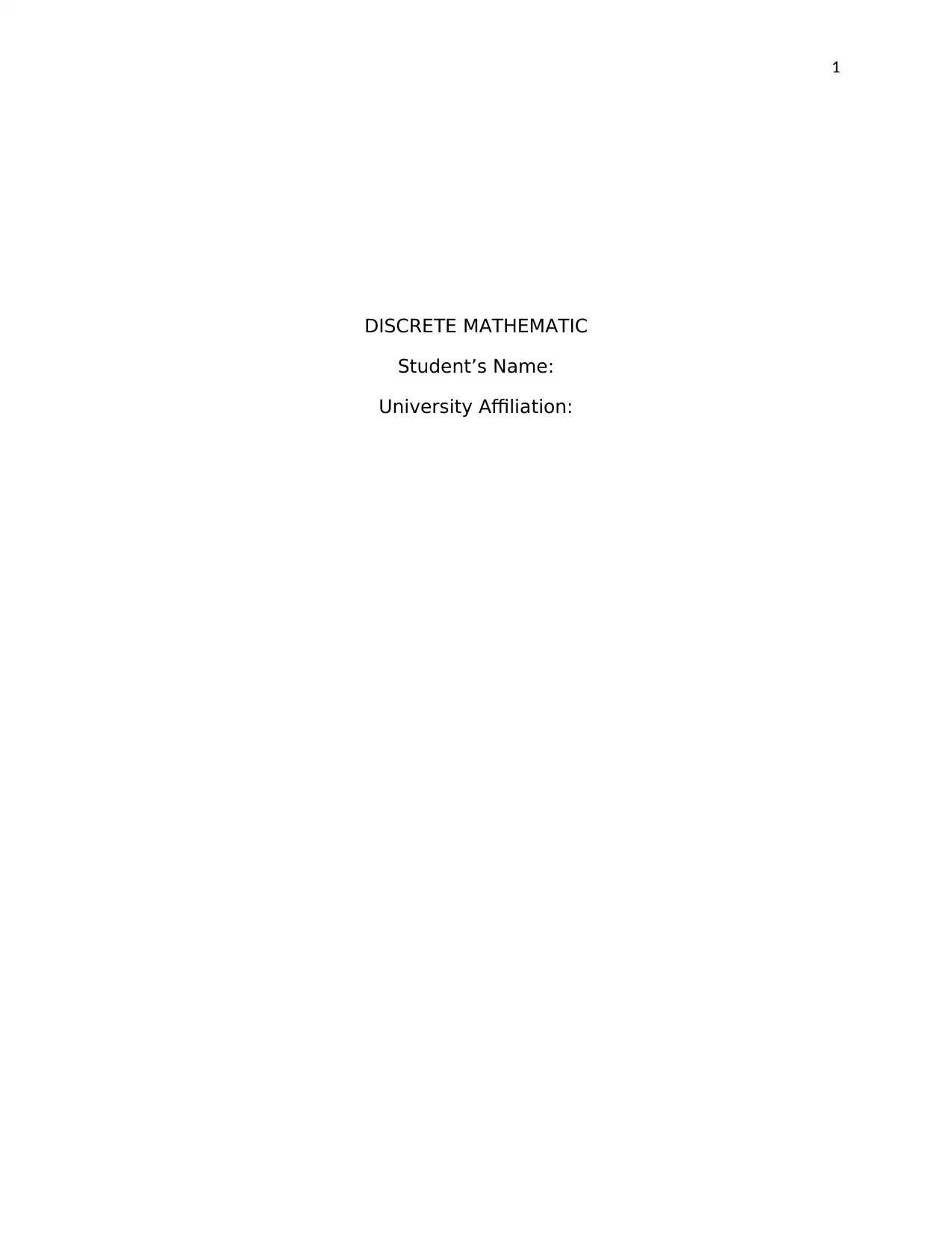
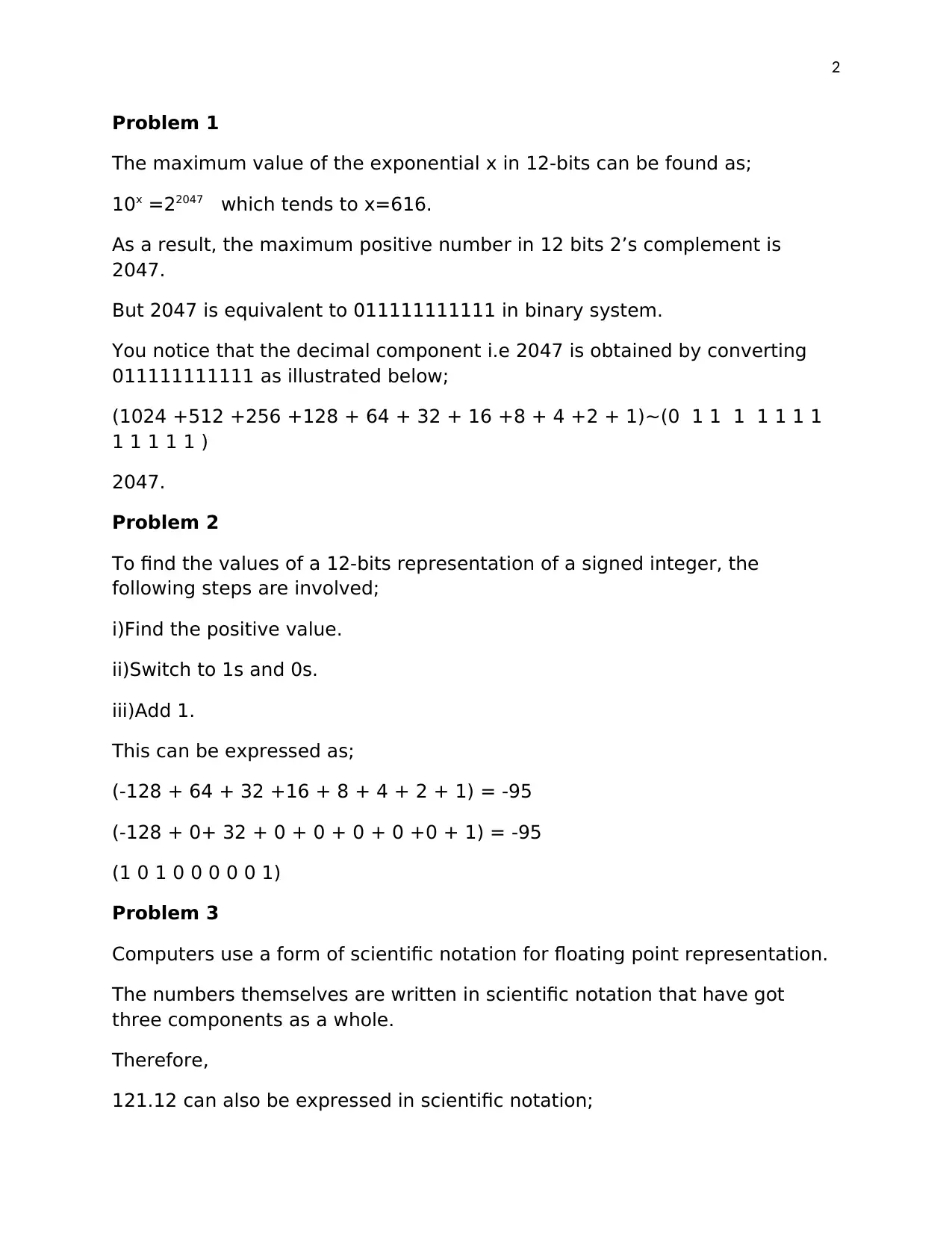
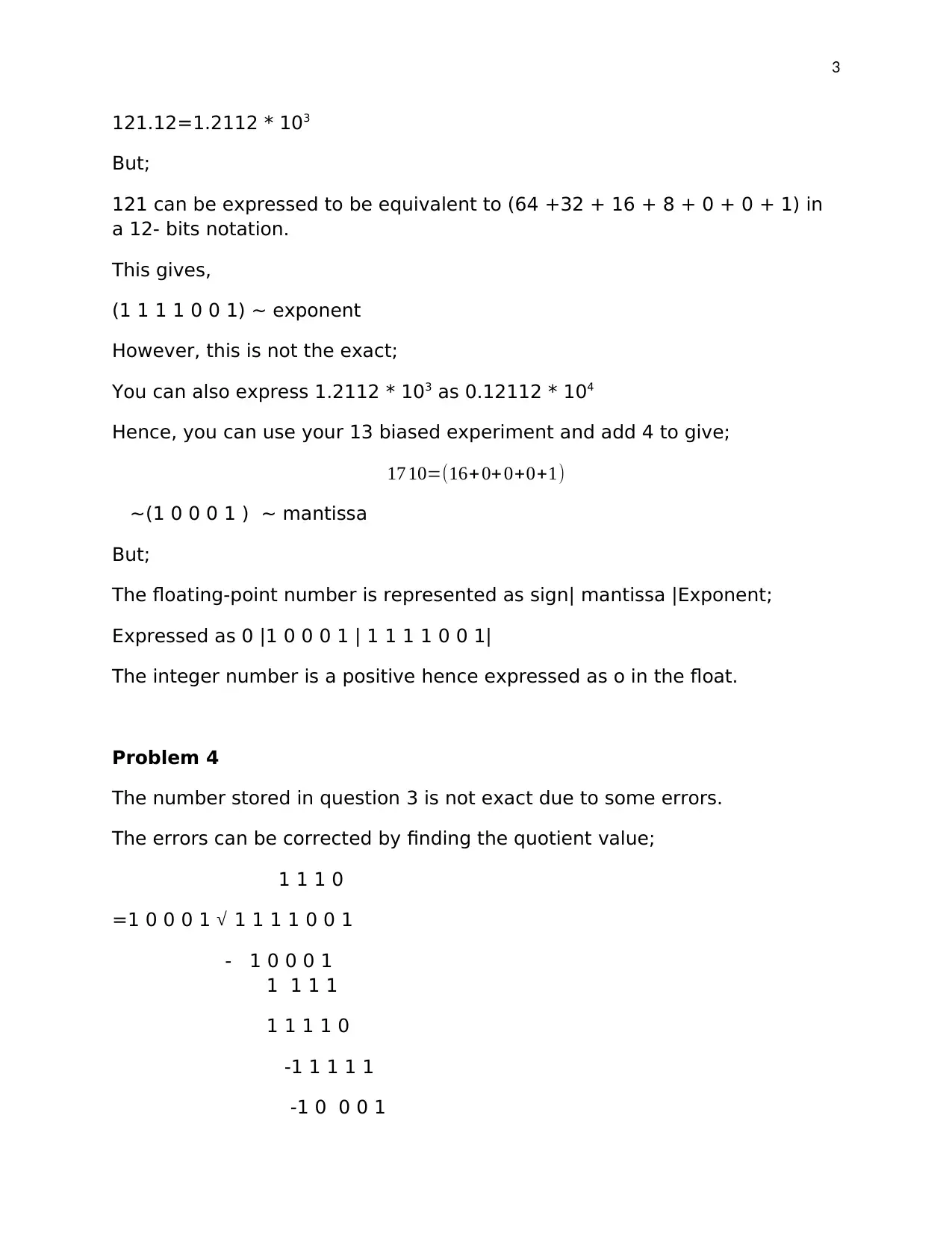
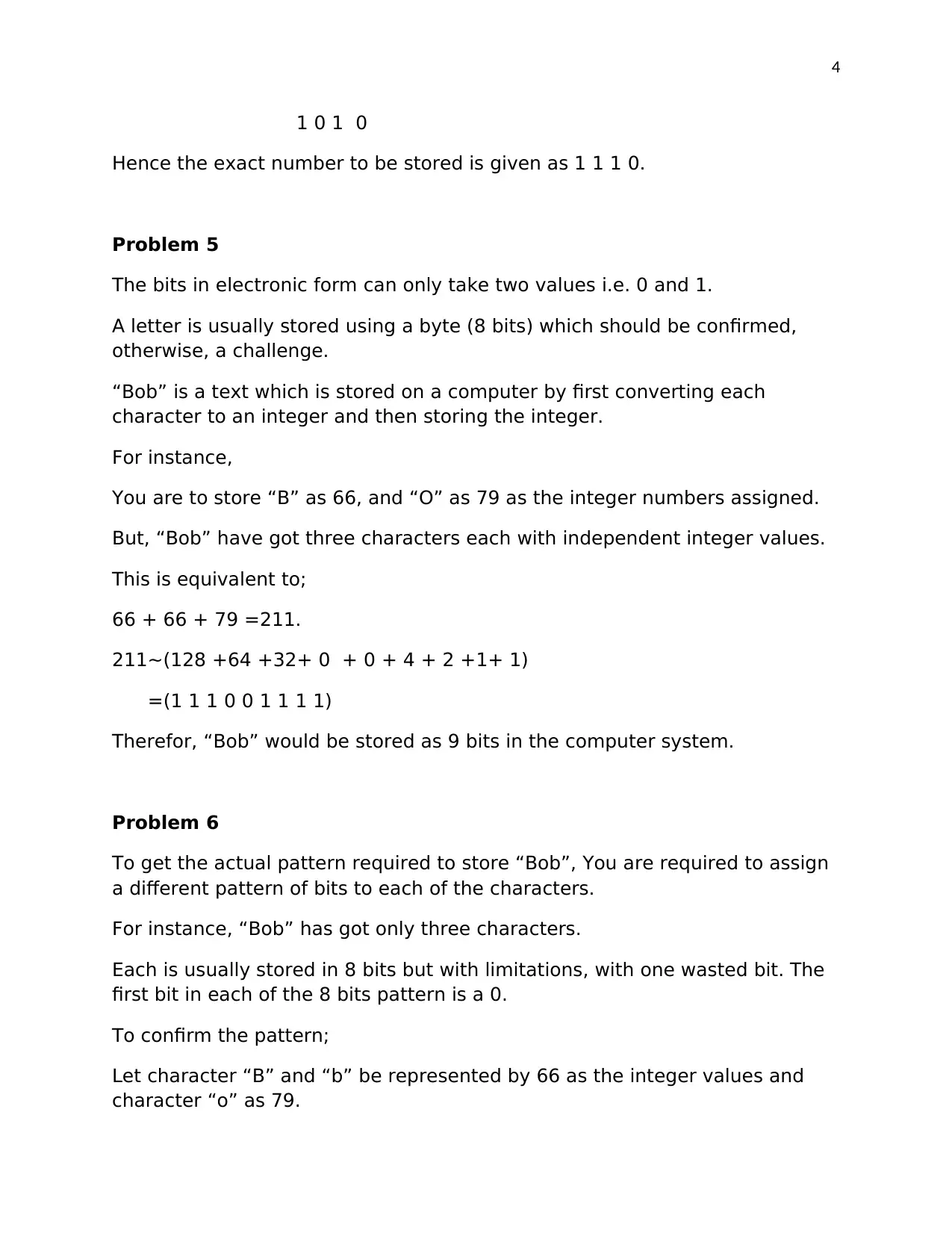
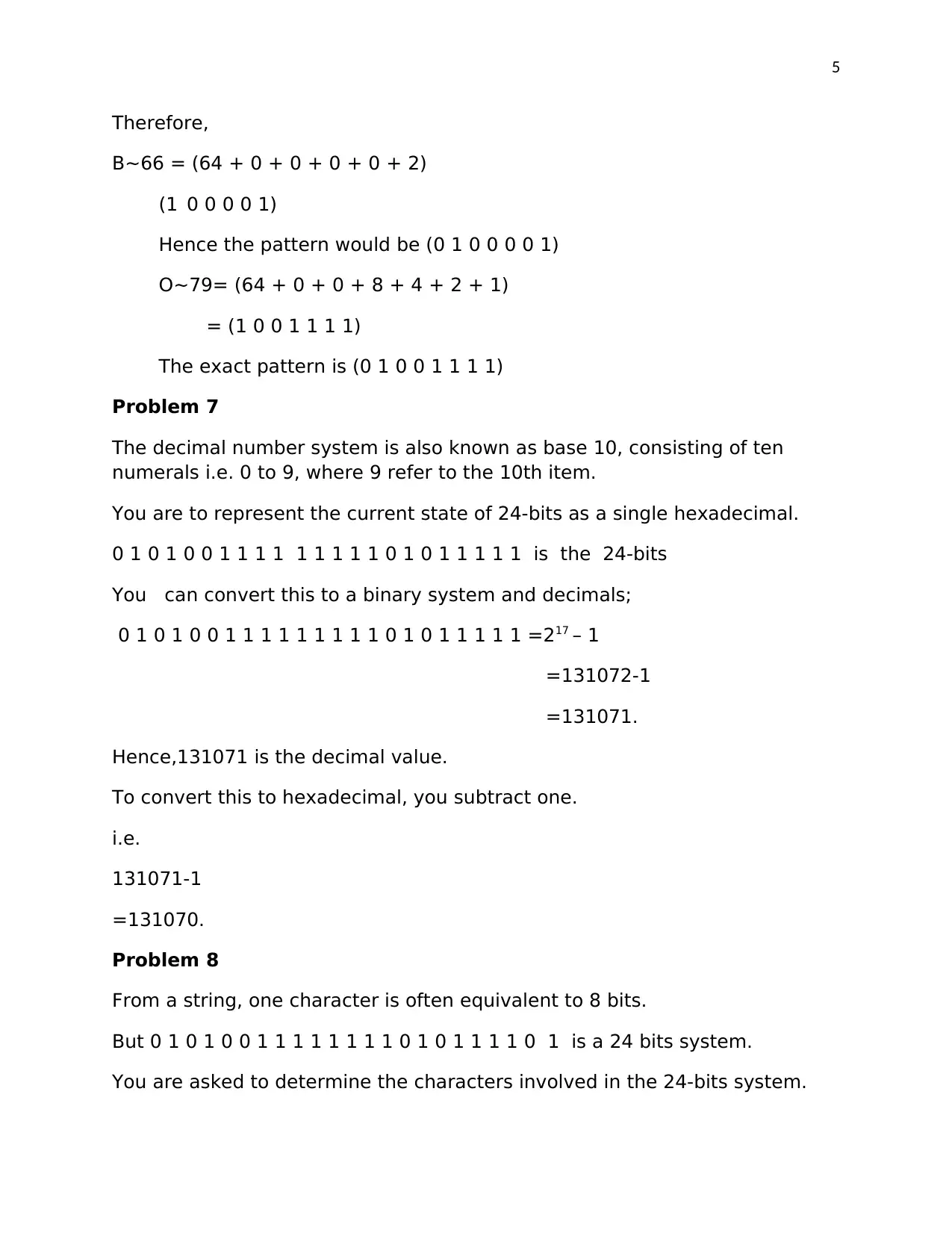
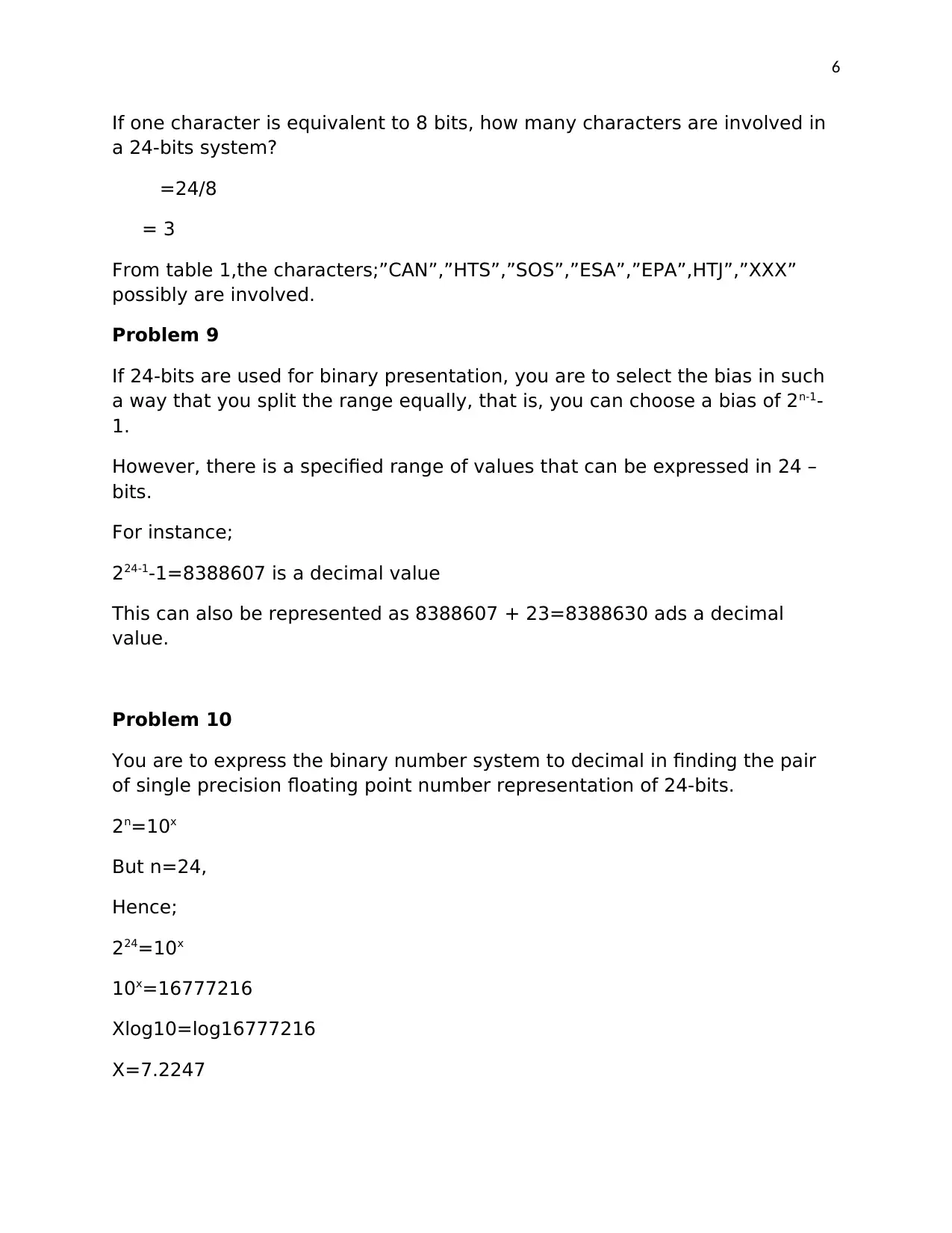
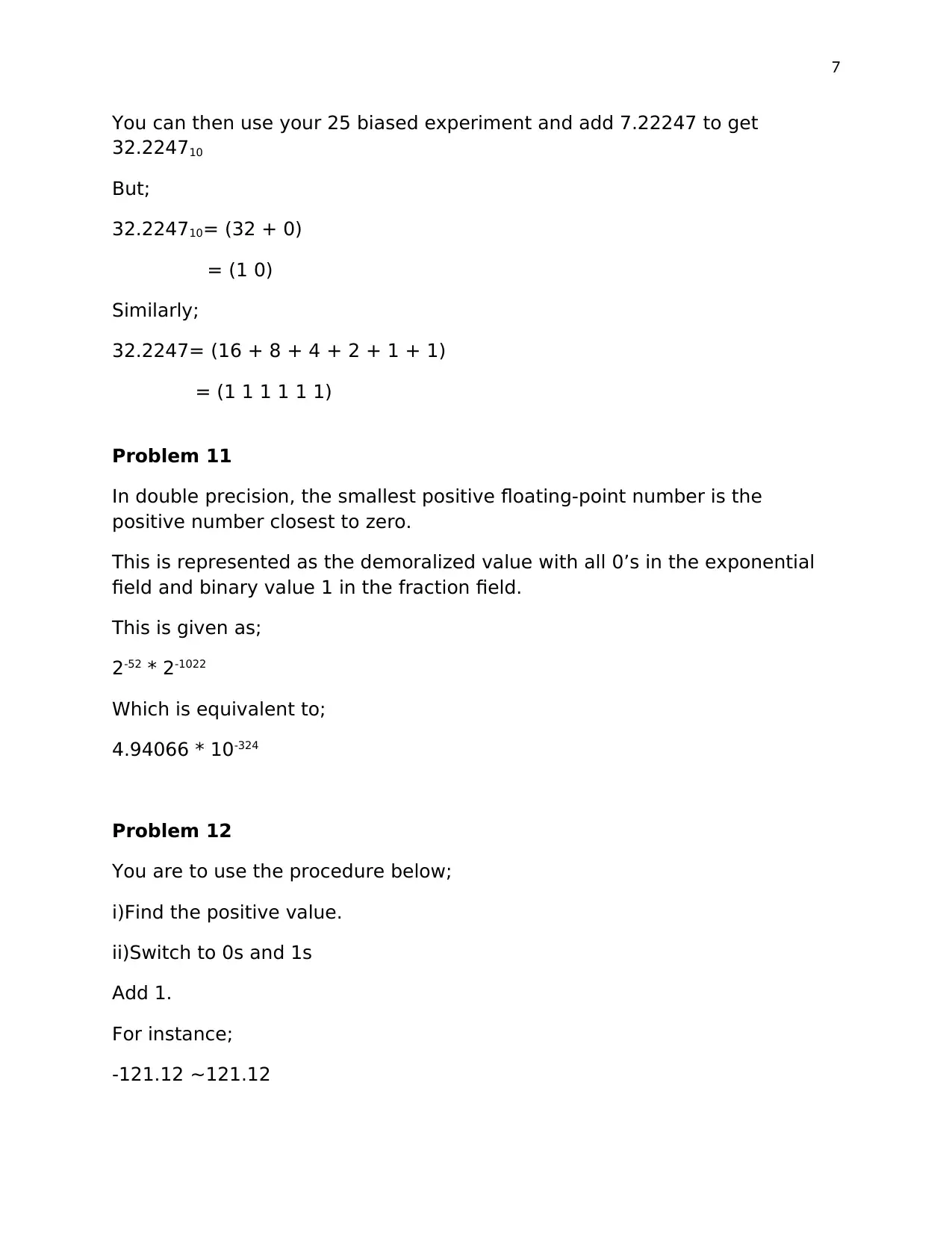
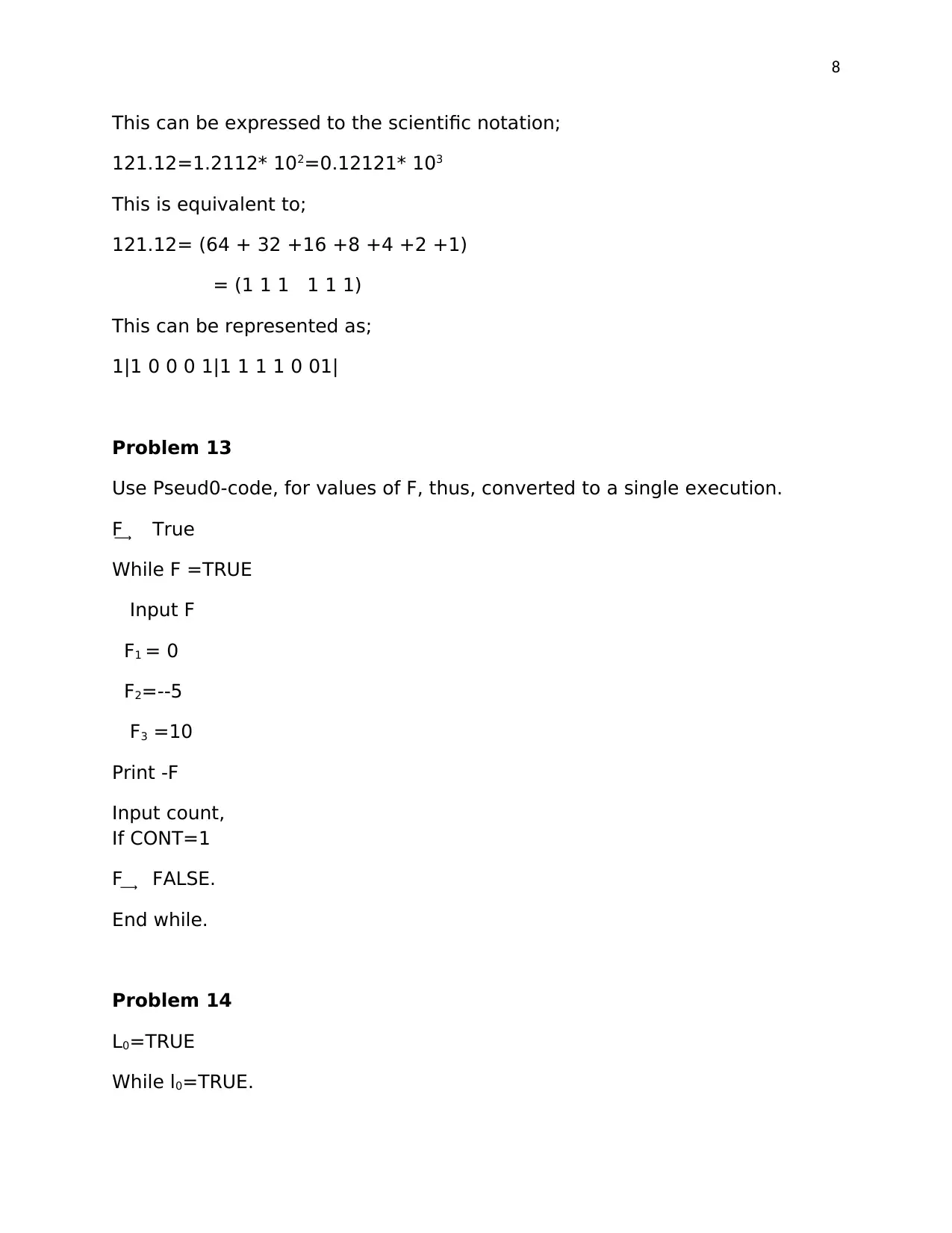
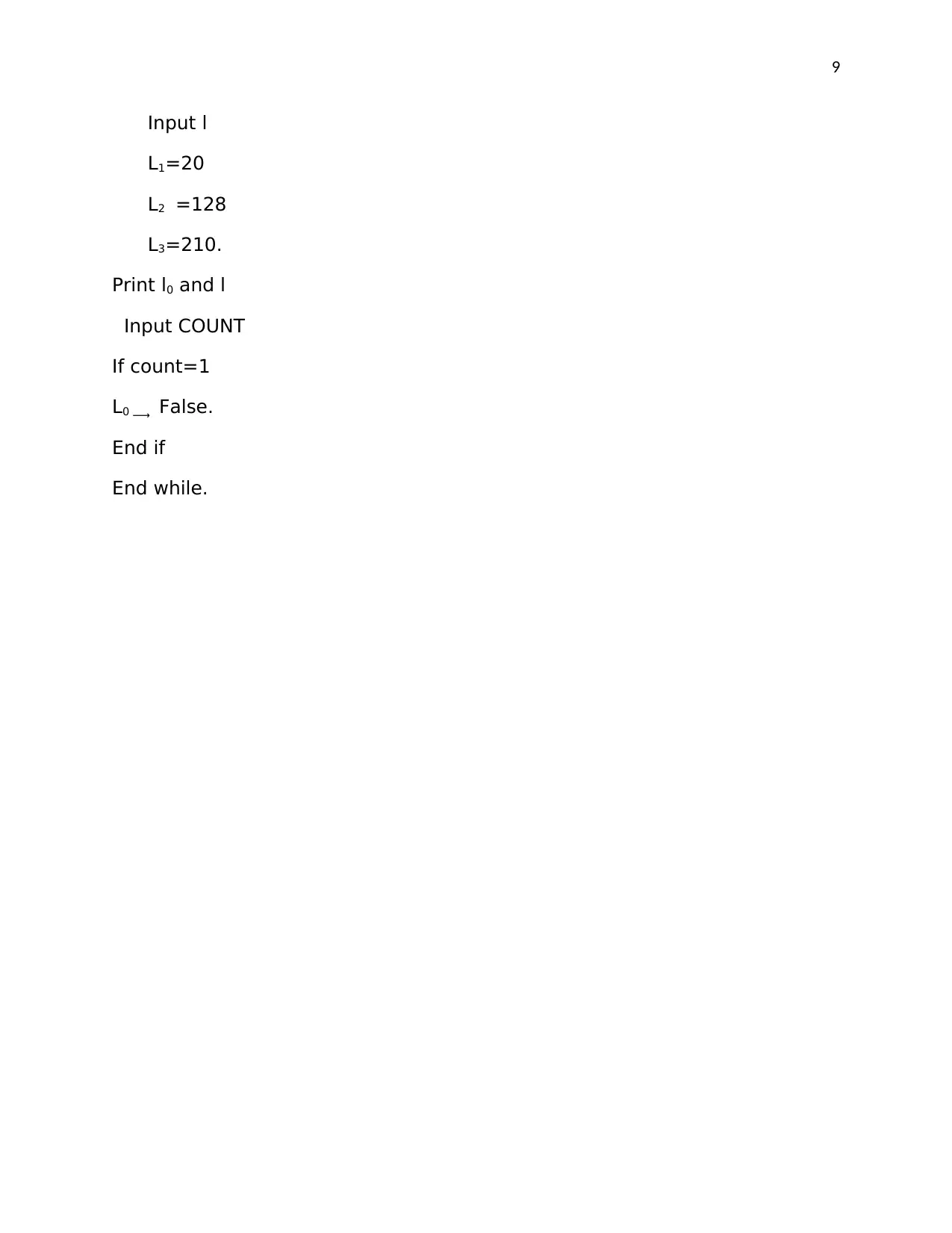
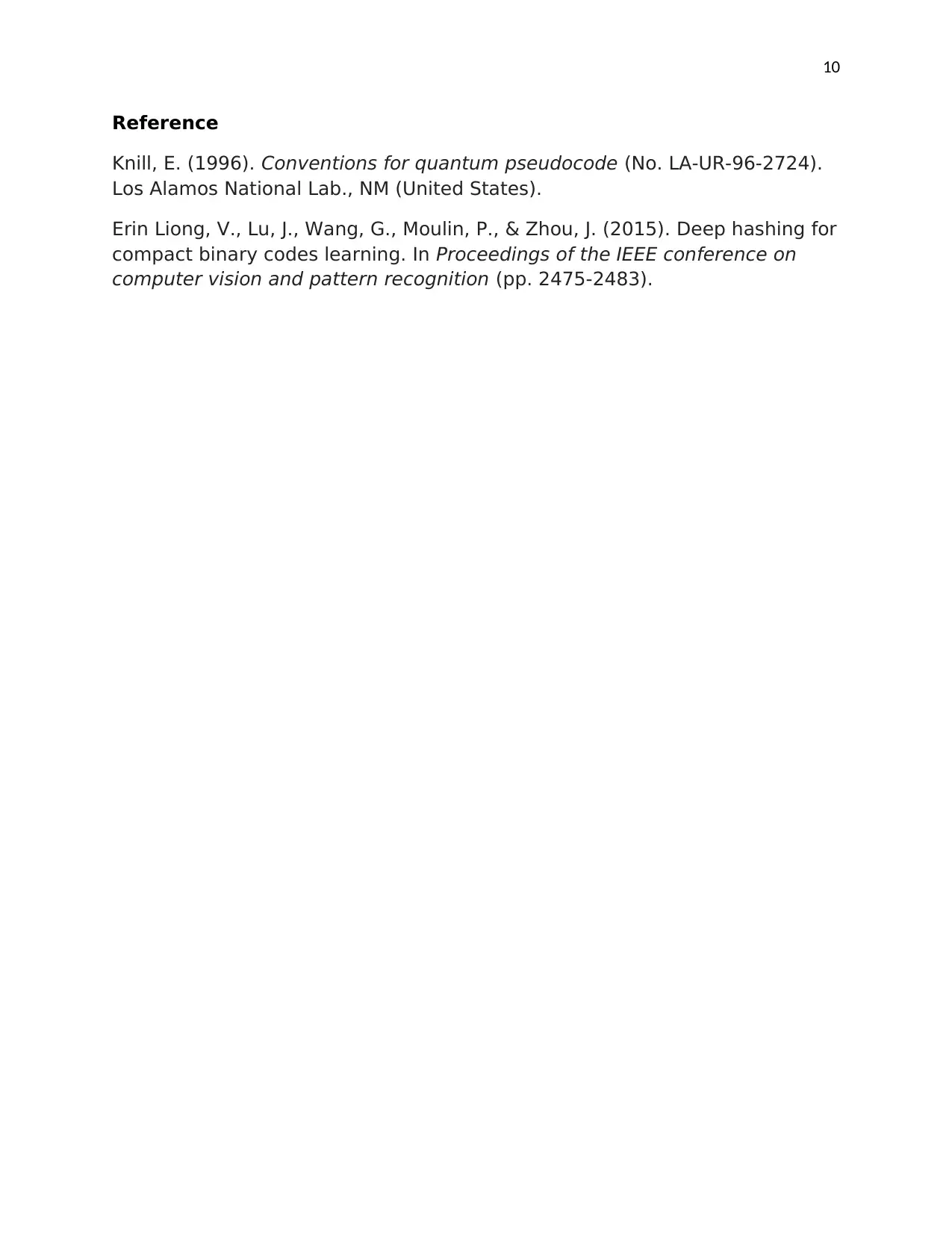
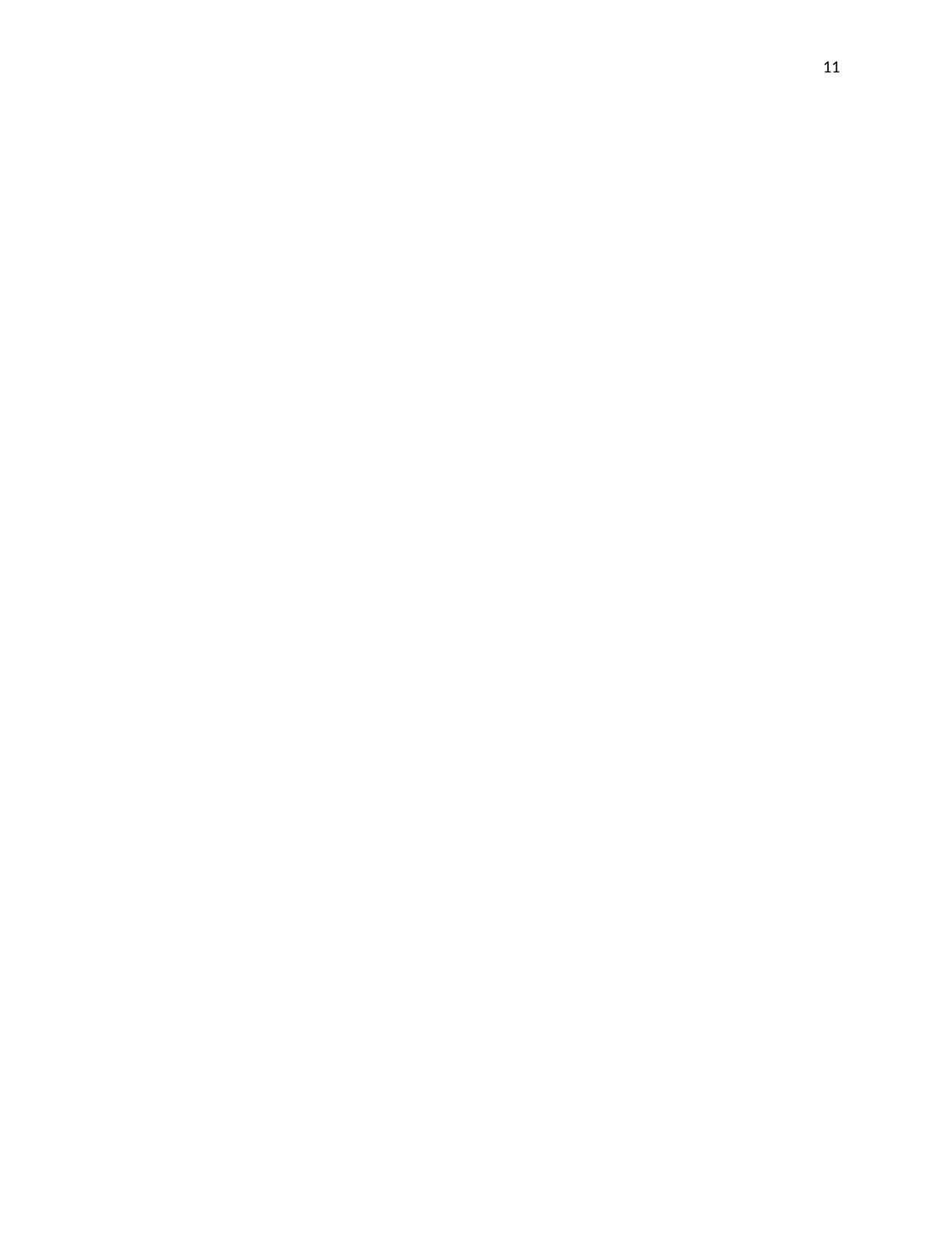





![[object Object]](/_next/static/media/star-bottom.7253800d.svg)